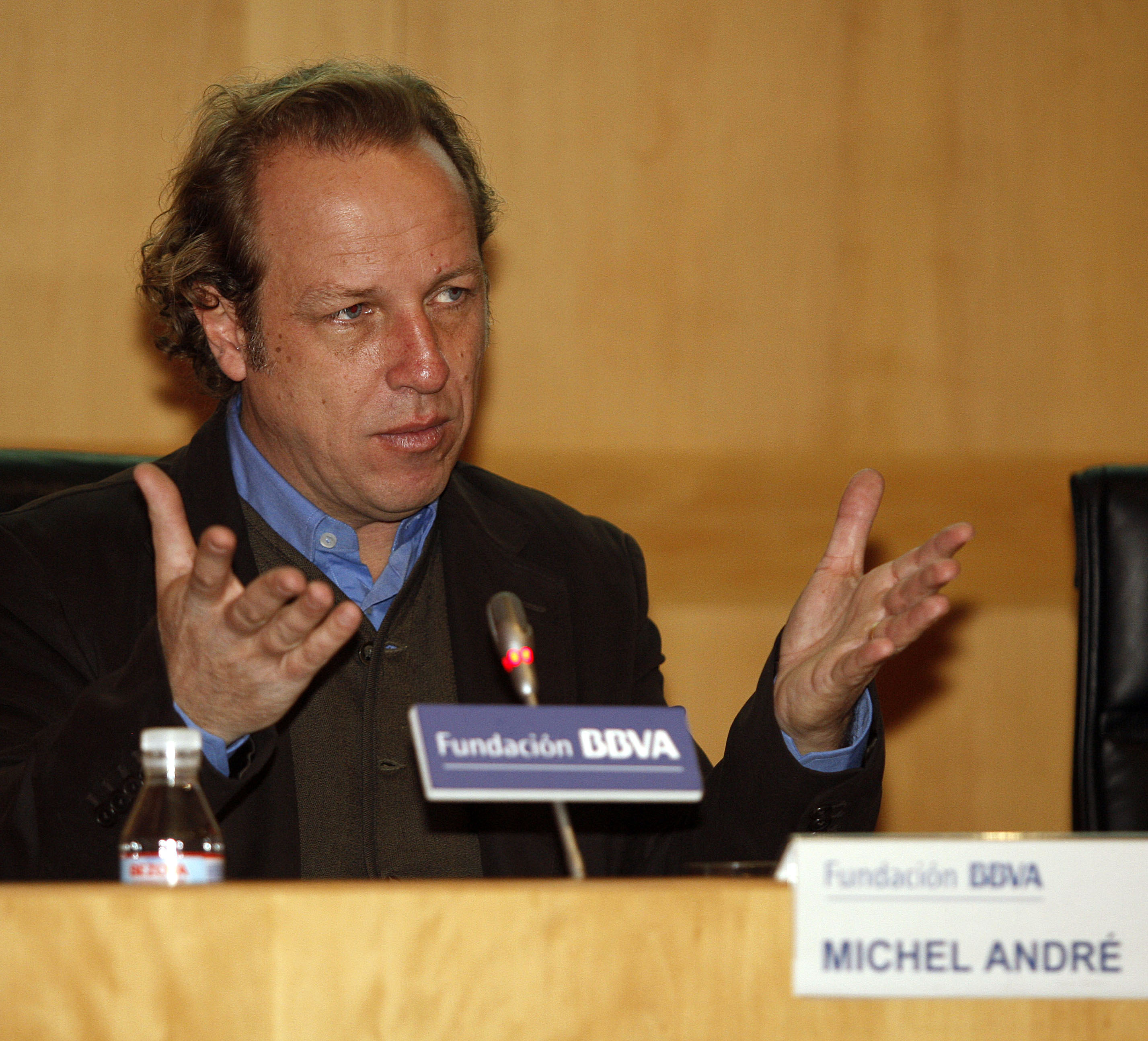DIRECTOR
RESEARCH TEAM
Cédric Gervaise, Christoph Waldmann, Éric Delory, Mike van der Schaar, Torbjörn Johansson, Xavier Ruiz Jové, Eduard Degollada Bastos, Josep María Alonso Farré.
COLLABORATING INSTITUTIONS
DESCRIPTION
The main goal of this project is to ascertain how the noise associated to human maritime activity affects cetacean populations, and the marine environment in general, as a preliminary step to developing and applying specific solutions to control and balance the conduct of human activities with the conservation of marine mammals.
Research objectives:
1. Define and quantify incremental levels of noise pollution per
sound source and the resultant changes in the marine environment.
2. Analyze lesions and pathologies relative to different noise
pollution sources to calculate the correlation between known acoustic sources and
hearing trauma.
3. Model cetaceans? intrinsic biosonar system as a bioindicator
of the oceans? maximum acoustic tolerance.
4. Develop technologies to test the impact of noise pollution
(auditory evoked potential).
To date, the only way to measure cetaceans? hearing sensitivity was to remove them to a laboratory. However this complex process entailed serious risks for their survival, given their large size and the delicate state of health of beached individuals. This project has accordingly come up with a portable device to measure the hearing acuteness of cetaceansin situ, allowing assessments to be run on the survival chances of stranded animals without having to transport them.
Another of the project’s study areas is the propagation of the biological sound signals involved in echolocation, in particular the detection of prey in noise-filled environments. The study has modeled the sound propagation of the sperm whale and arrived at a first-time estimate of the limits of its detection powers: a sperm whale can detect a squid of twenty-five centimeters with a single click at 1.7-2.2 km. distance.
Aside from these developments, the LAB is putting the finishing touches to a preventive system to stop animals getting caught in fishing nets.


